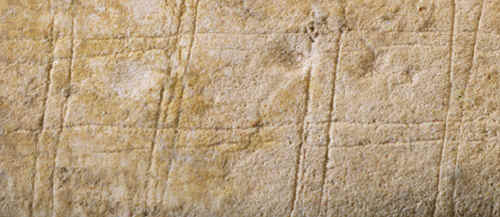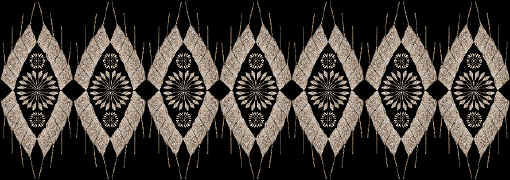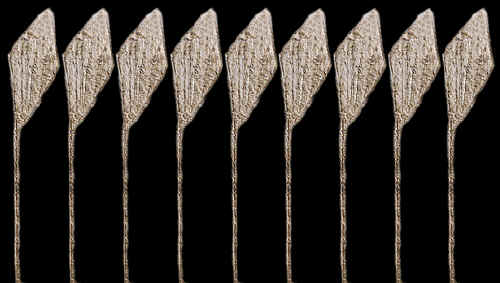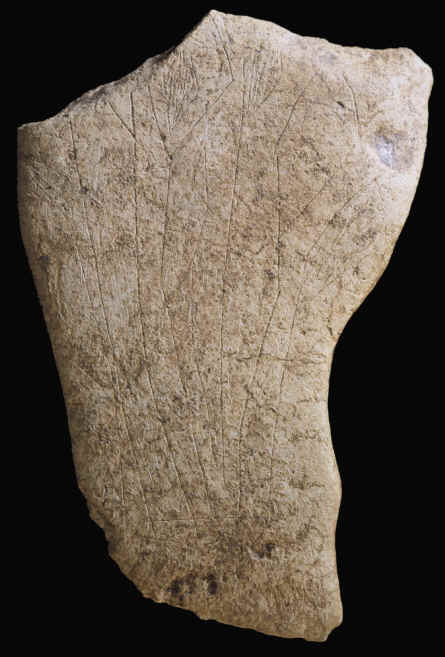|
|
||
|
||
|
"Clovis Age engraved stones are presently known from only two other
sites in the western hemisphere besides Gault---the Clovis site &
the Wilson-Leonard site."---2001,
Michael Collins & Thomas Hester, Texas Archaeological Research
Laboratory.
The picture above shows several copies of a design taken from a Gault site engraved stone known as the "Wheatstone". Just what the images really mean can only be conjectured. It has been suggested that they represent spears sticking in an animal.
ENGRAVED STONES GAULT SITE Engraved stones have been found on Stone Age sites all over the world. Some of them have images that convey obvious meanings but, more-often-than-not, their interpretation is only theoretical. The engraved stones found on the Gault site are important for the insight they can bring to an otherwise empty record of carved or engraved images from this early period of North American history. |
||
|
Because of its large size and numbers of artifacts it has produced, the Gault site is one of the most important Clovis sites ever discovered in North America. This site is located in south central Texas in Williamson County and covers an area estimated to be a half mile by a little over a tenth of a mile (0.8 by 0.2 km). It is classified as a stone tool manufacturing and habitation site. The Gault site has produced Clovis points, point preforms, tools made from blades, cores, burins and small engraved stones. In 2002 there was an important discovery of a 6 by 6 foot pavement of gravel that has been interpreted as evidence for one of the earliest man-made structures found in North America. |
||
| CONTINUE ON TO PAGE TWO | ||
|
"REFERENCES"
1963,
Tindale, Norman B. and Lindsay, H.A., "Aboriginal Australians",
p.105. |
||



